Articles Common Lower Leg and Calf Injuries
We have compiled a list of common lower leg and calf injuries. It is important to accurately diagnose and identify the cause of these injuries as this will direct treatment to ensure the best outcomes.
Common Lower Leg and Calf Injuries- Stress Fractures
Hair line fractures of the shin bone (tibia) can occur as the result of repeated impact. This is commonly seen in martial artists, runners and post menopausal women. Symptoms can include tenderness along the shin bone, reproduction of symptoms with impact and relief with rest.

Common Lower Leg and Calf Injuries- Compartment Syndrome
The muscles of the lower leg are divided into 4 compartments. Each compartment is enclosed by an inflexible sheath of tissue. Excessive swelling within a compartment can cause compression of the muscles, nerves and blood vessels. This can be due to bleeding following trauma (i.e. bad bruise, fracture) or swelling from overuse (i.e. running).
Symptoms can include muscle tightness, leg swelling, shin/foot numbness, foot weakness and pain that increases with activity and relieved by rest. Urgent medical attention should be sought if these symptoms arise after trauma as surgical intervention may be required.
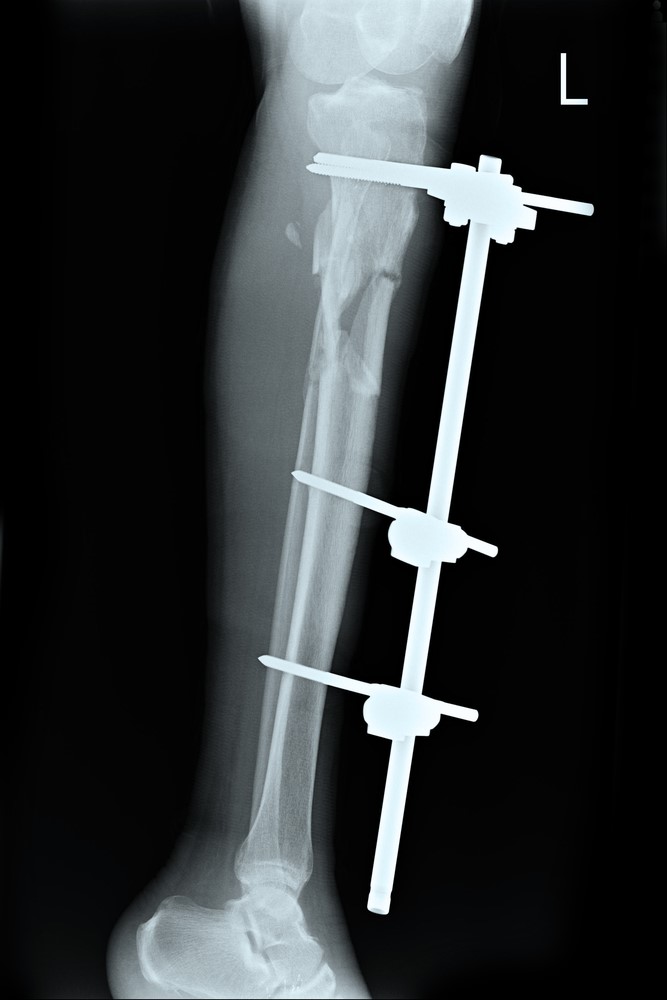
Common Lower Leg and Calf Injuries- Shin Splints
Overuse of the muscles along the front (tibialis anterior) and inside edge (tibialis posterior) of the shin can cause inflammation and pain where they attach on to the bone. This condition is commonly referred to as shin splints and often occurs in runners and in people who have flat feet.
Symptoms include pain along the shin bone that improves as you exercise but returns when you cool down.

Common Lower Leg and Calf Injuries- Calf Strains
The calf muscles allow you to stand up on your tip toes, jump and propel you forwards during walking and running. Calf injuries can range from small strains to complete tears. People often report feeling a ‘pop’ or have the sensation of being hit in the back of the leg.
Calf strains normally occur following a specific incident such as suddenly sprinting or jumping. Symptoms can include pain and swelling that is aggravated by pushing off during walking, pointing the toes and stretching the calf.
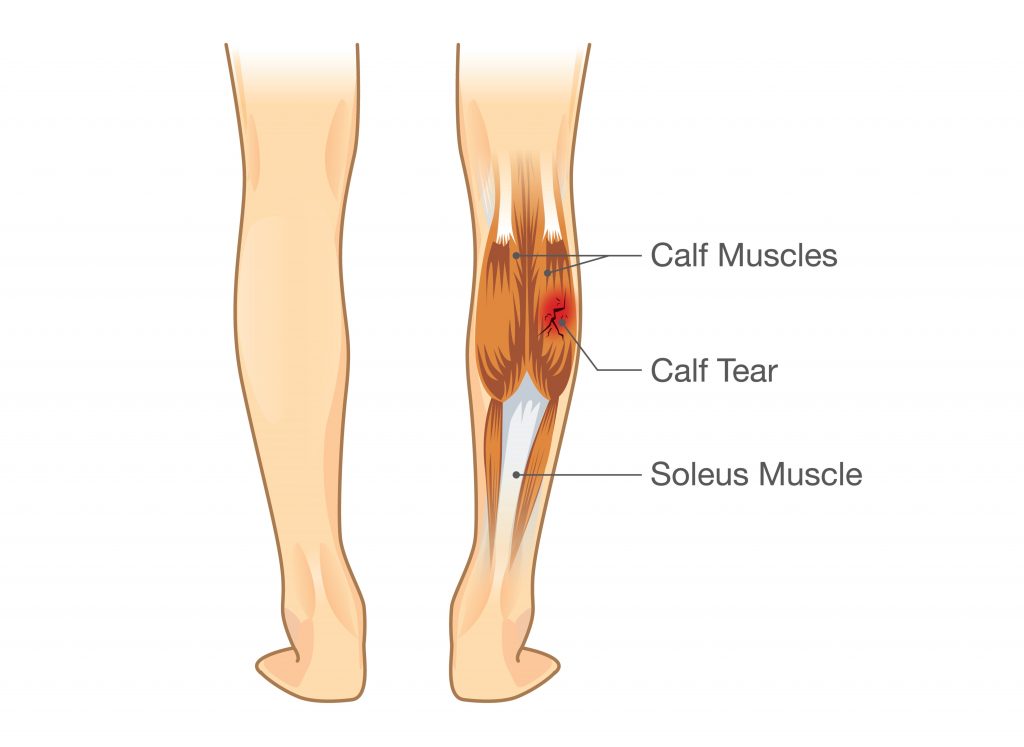
Common Lower Leg and Calf Injuries- Deep Vein Thrombosis (DVT)
A DVT is a blood clot that forms as a result of blood pooling in the deep veins. High risk factors include:
- recent surgery especially operations involving the lower limbs
- prolonged bed rest/immobility
- obesity
- older age
- smoking history
- prolonged sedentary postures (i.e. aeroplane travel)
DVTs most commonly occur in the calf but can also occur higher up in the leg and in the upper limbs (far less common). Symptoms of a lower limb DVT can include:
- pain, heat and swelling in the calf/foot with no trauma
- pain at rest
- colour changes in the foot/calf (i.e. blue/red/white)
- calf cramping
- shortness of breath and chest pain (if clot has travelled to lungs see below)
Urgent medical attention should be sought in these situations as small fragments of the clot can potentially dislodge and travel to the lungs, brain or heart and have fatal consequences.
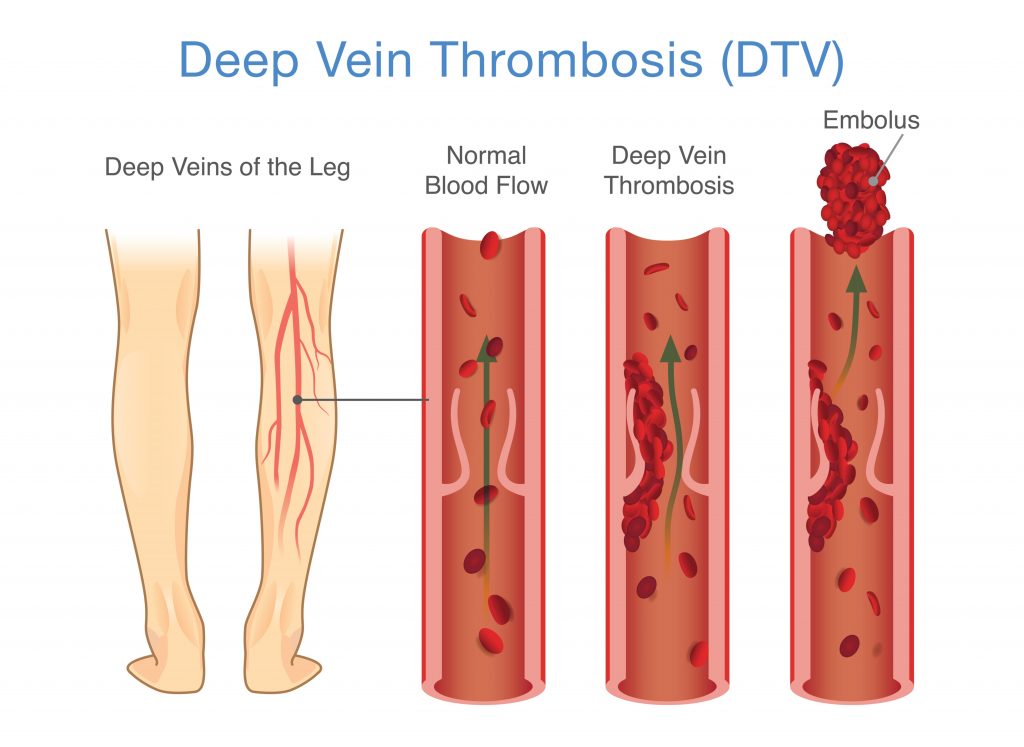
Common Lower Leg and Calf Injuries- Nerve
Nerve injuries give rise to specific symptoms (i.e. burning, numbness, pins and needles, sensation and temperature changes). Issues affecting the nerves in the lower back can often result in these symptoms occurring in the lower leg and calf. Please see our article on “Common Lower Back Injuries”.
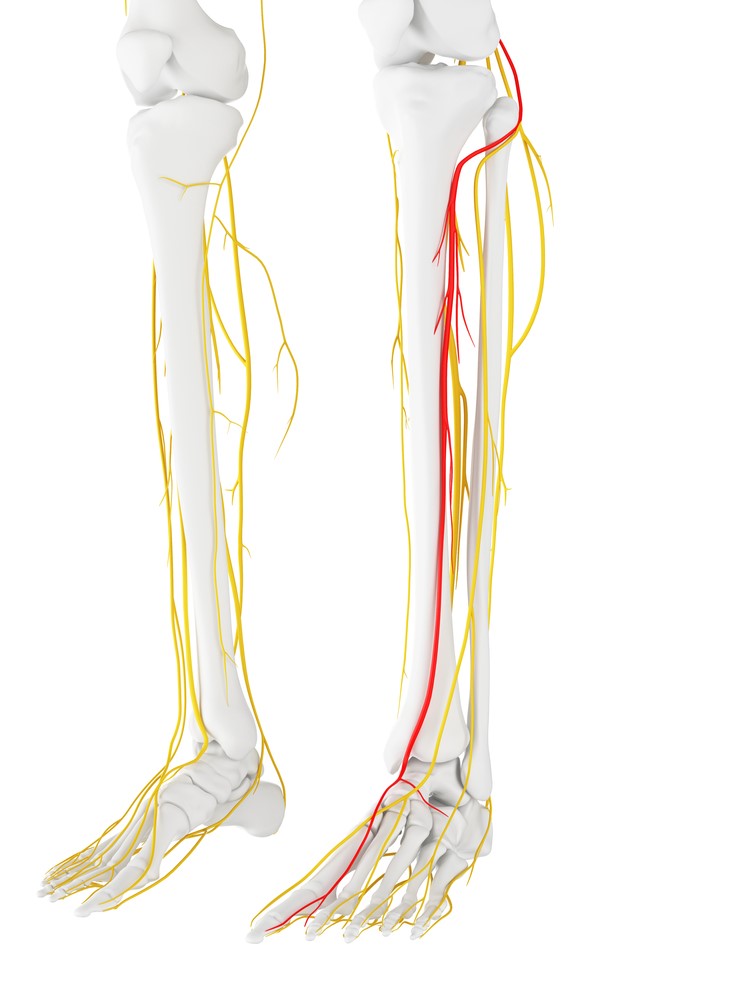
Common Lower Leg and Calf Injuries– Peroneal Strain
The peroneal muscle is located on the outer side of the lower leg and helps prevent the ankle from “twisting’. This muscle and its tendon is often injured following an ankle sprain due to over stretching (please see our article on “Common Ankle Injuries”). Symptoms can include pain on the outer side of the lower leg and ankle, weakness and instability of the ankle and difficulty walking on uneven surfaces.
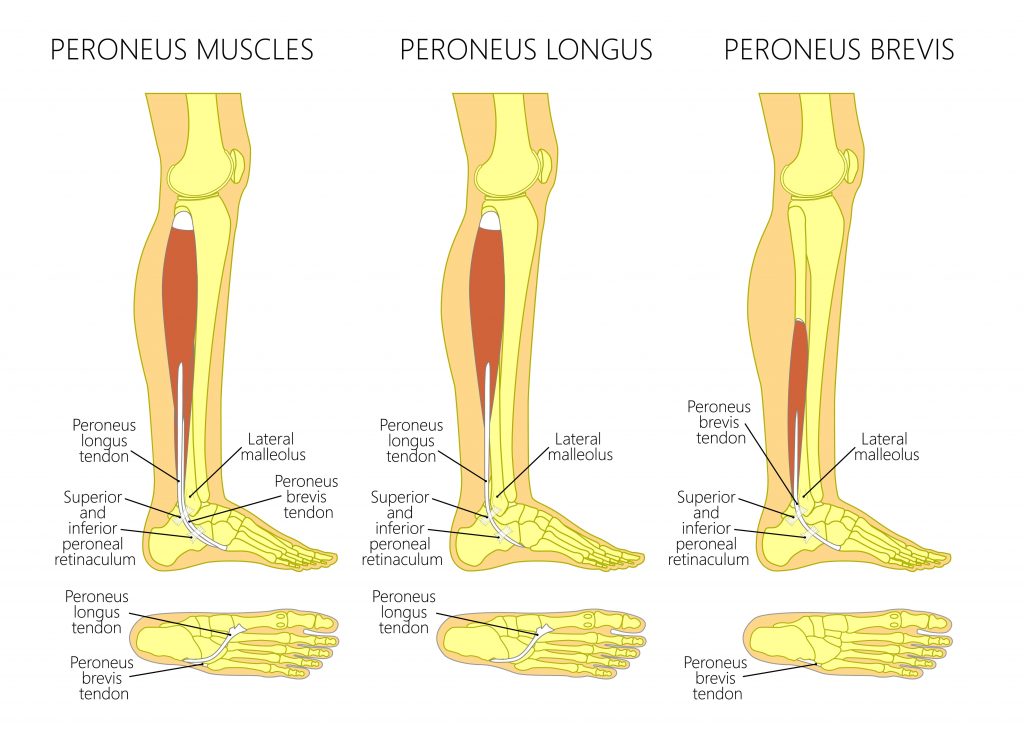
Please keep in mind the information provided is general in nature and should not be used as a substitute to consult your treating health professional. If you have any specific questions or require assistance with your individual treatment requirements please do not hesitate to contact MyFamily Physio Mona Vale, Northern Beaches Sydney.
Related Articles